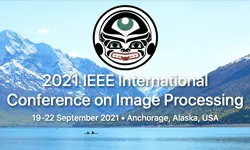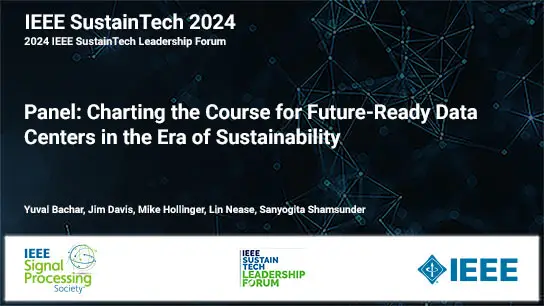-
Members: FreeSPS
IEEE Members: $11.00
Non-members: $15.00Length: 00:59:41
22 Sep 2021
Sight and how we perceive our world have inspired philosophers, scientists and engineers from ancient times. Since the early 1960ƒ??s, researchers have approached the problem of how to best process and interpret images influenced, often quite strongly, by our knowledge of biological vision. One can see in many early papers the belief that as a scientific goal, we might be able to computationally capture important aspects of human vision sufficiently well so as to make testable predictions. In other words, that we could construct a falsifiable theory of human vision using the language of computation. This was an exciting challenge and pointed the community towards the future; but there were many skeptics of this possibility too. On the practical side, successes initially were few and far between but this has rapidly improved to the point where computer vision is productively applied to all sorts of tasks. What is not commonly observed is that computer vision methods were informed by knowledge that was current at the time of their inception. Our understanding of both visuospatial behavior and of cognitive neurophysiology has changed, quite dramatically, in the intervening 60 years. What was once inspiring may no longer reflect reality; yet it surprisingly persists. From feature detection to the overall architecture of a vision system to learning strategies, I will traverse time from the mid-1900ƒ??s to the present, connecting computational thinking to biological inspiration and provide updates to that inspiration that point to new directions for computational vision science. We will see the original challenge that we could construct a falsifiable theory of human vision using the language of computation still grounds the science of computational vision.



